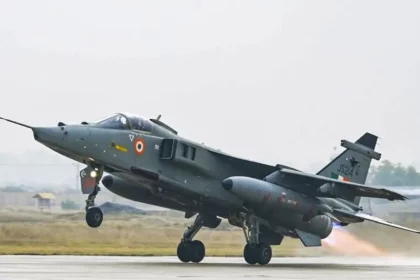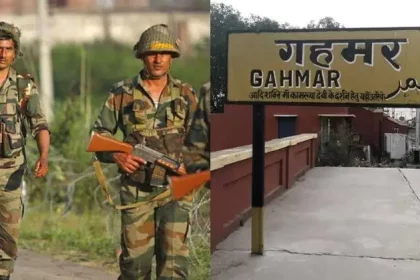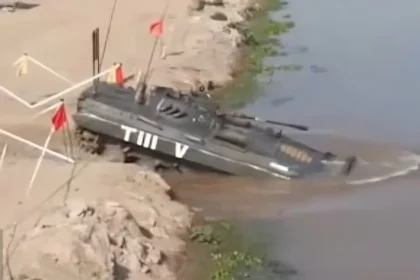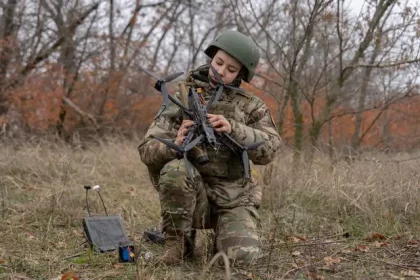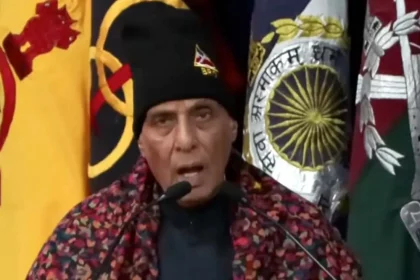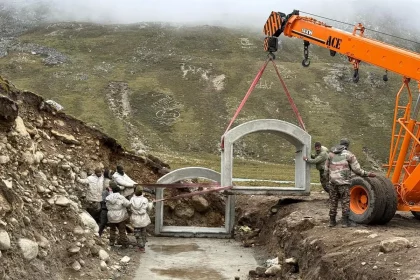Oman Hands Over 20 Jaguar Jets to India for Spares as IAF Battles Aging Fleet
The Indian Air Force (IAF) is set to receive over 20 Jaguar fighter-bombers from Oman, which will be dismantled for…
Gahmar: India’s ‘Village of Soldiers’ Where Almost Every Home Has a Jawan
The story of Gahmar—where sunrise begins with drill, childhood begins with discipline, and patriotism is a family inherit.
Soldier Dies After Army Tank Sinks During Training Exercise in Indira Gandhi Canal
Tank-Crossing Drill Turns Fatal in Sriganganagar Canal.
70,000 Ukrainian Women Now Serve in Military, 20% Rise Since 2022 as Drone Warfare Expands Combat Roles
Drone Warfare Opens New Combat Roles as Female Participation in Ukraine’s Military Surges.
Rajnath Singh Inaugurates 125 BRO Infrastructure Projects from Ladakh, the Highest Ever in a Single Day
Rajnath Singh inaugurates 125 BRO projects worth ₹5,000 crore, the largest single-day rollout of border infrastructure.
Indian Army’s Trishakti Corps Deploys On-Site 3D Concrete Printing Technology in Forward Areas
Army and IIT-Hyderabad unveil Project PRABAL to accelerate bunker construction in high-altitude zones.

